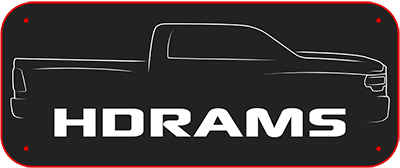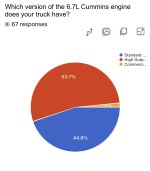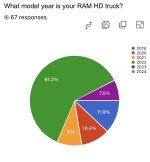If you read through the documents Cummins has on their B6.7 commercial engine, pretty much every feature carries over on to the Ram platform, just in a different “disguise”
View attachment 70299
Some of the details mentioned above would also explain why some of these trucks that operate continuously in short-trip / low-speed duty cycles end up having issues. I don’t think the regeneration cycles are necessarily kicking in due to the low system temperatures (below 550°F). They also have carry over to all the driver alert notices, just in EVIC messages instead of the lights on the dash.



